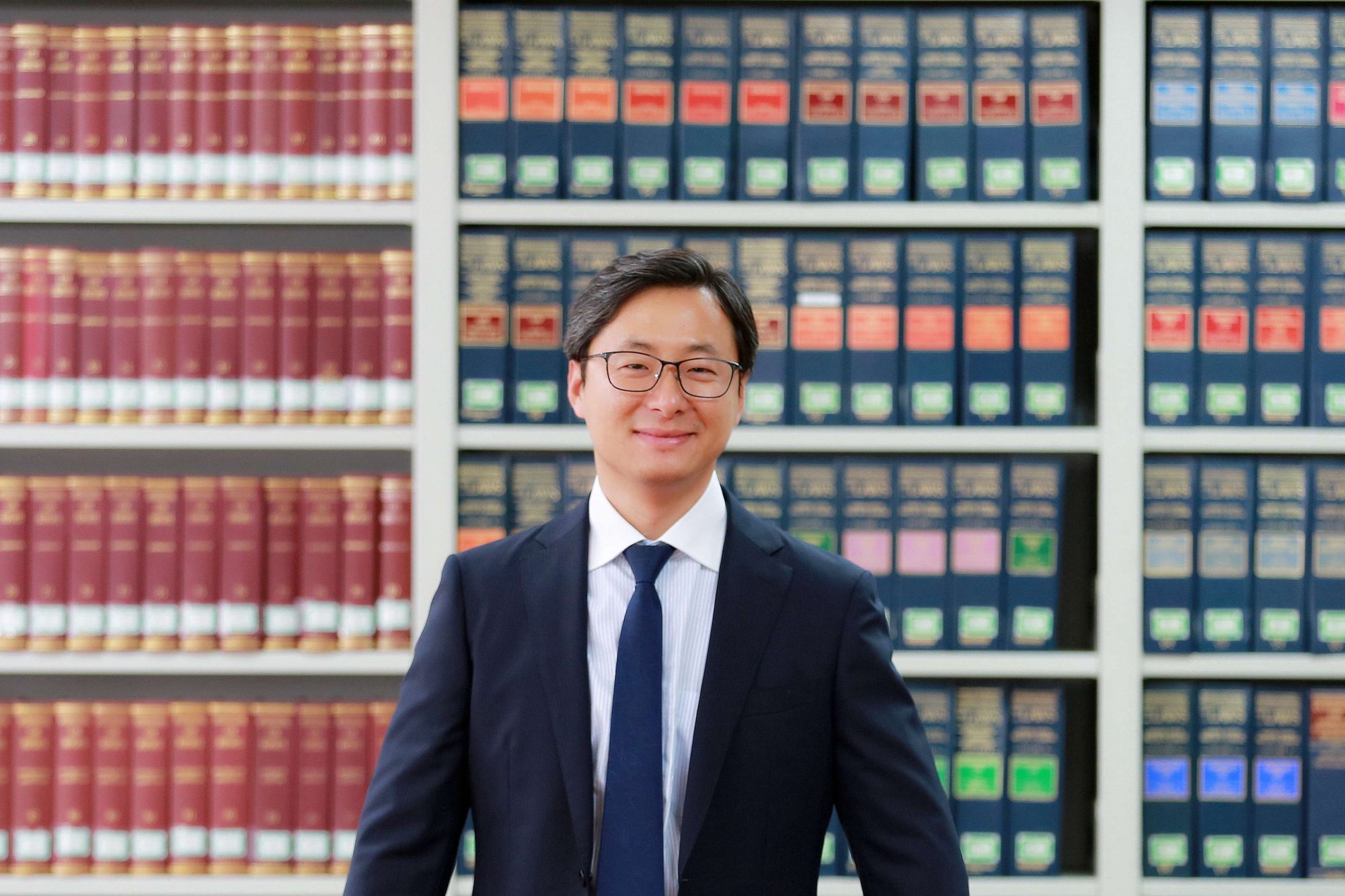
Abstract: Two critical needs for resources reallocation exist in the social medical insurance system. On the one hand, the top-level design aims to expedite the establishment of a long-term care insurance system. The "14th Five-Year" National Healthcare Security Plan stipulates that contribution to long-term care insurance should be borne by employees, beginning with participants in basic medical insurance. On the other hand, there is a surplus of funds accumulating in the individual accounts of employees’ social medical insurance. Although the 2021 healthcare reform integrated “30% of the employer’ s contribution" into the unified fund, it remains insufficient to efficiently mobilize and utilize the substantial funds in the individual accounts of employees. Employee individual accounts have the attribute of restricted ownership. Building upon the internal equity exchange model of the “integrated account" in the social medical insurance scheme that has already been realized, we can explore cross-insurance plan equity exchange within the broader framework of the scheme. By aligning with primary medical and healthcare legislation and policy directives and collectively transplanting employees as the insured subjects from the medical insurance system to the long-term care insurance system, a pathway to long-term care insurance premiums to be paid from the employee individual account can be established. This would allow for the exchange of rights and benefits between the restricted ownership of the individual account and the entitlement to request care services, while forming a structured system of “broad categorization and limited integration" among basic medical insurance schemes.
Key Words: social medical insurance for employees; individual account; long-term care insurance; rights and benefits exchange
Author: Wang Tianyu, research fellow, CASS Institute of Law.
Source: 9 (2024) Insurance Studies.



